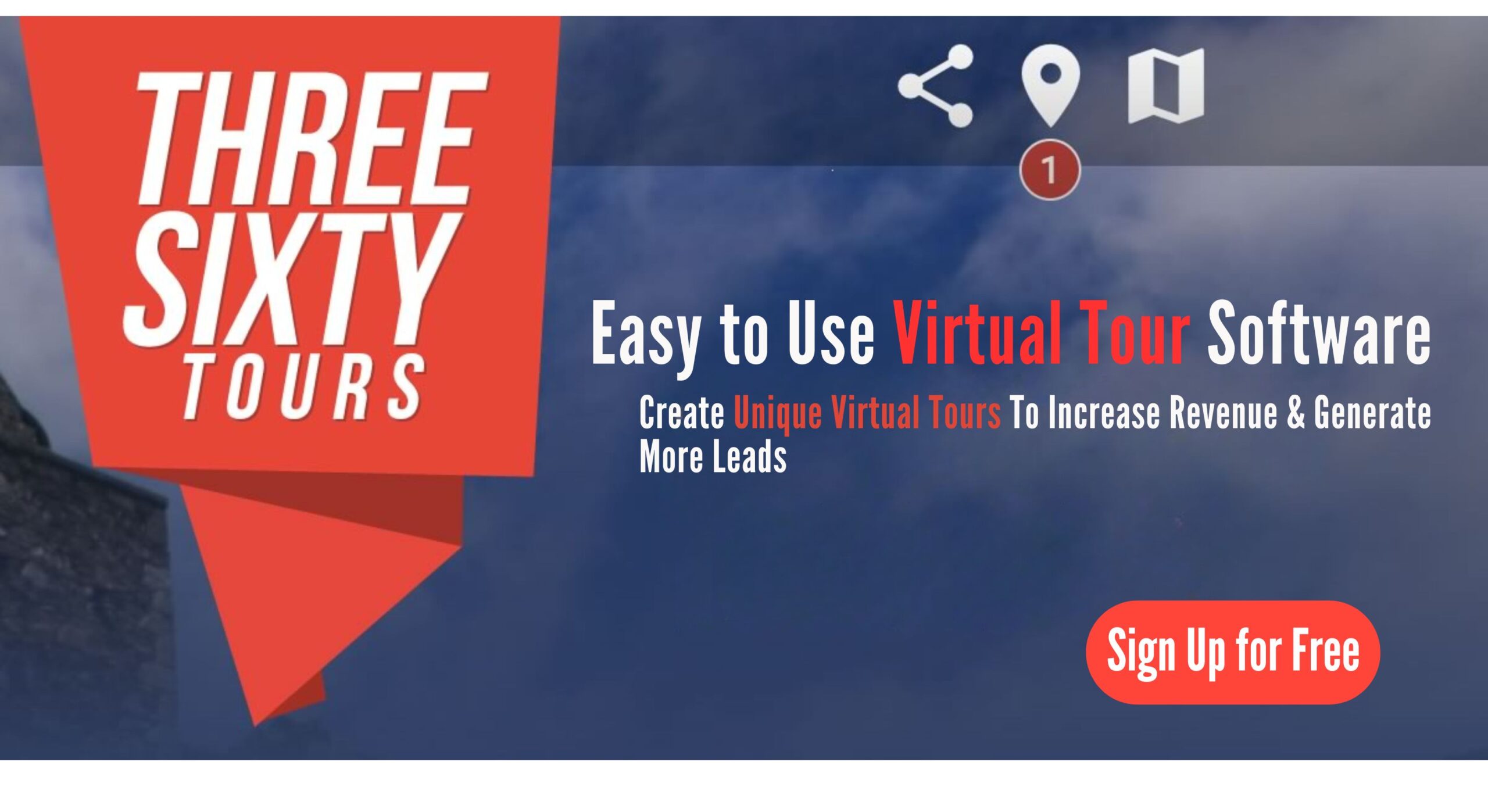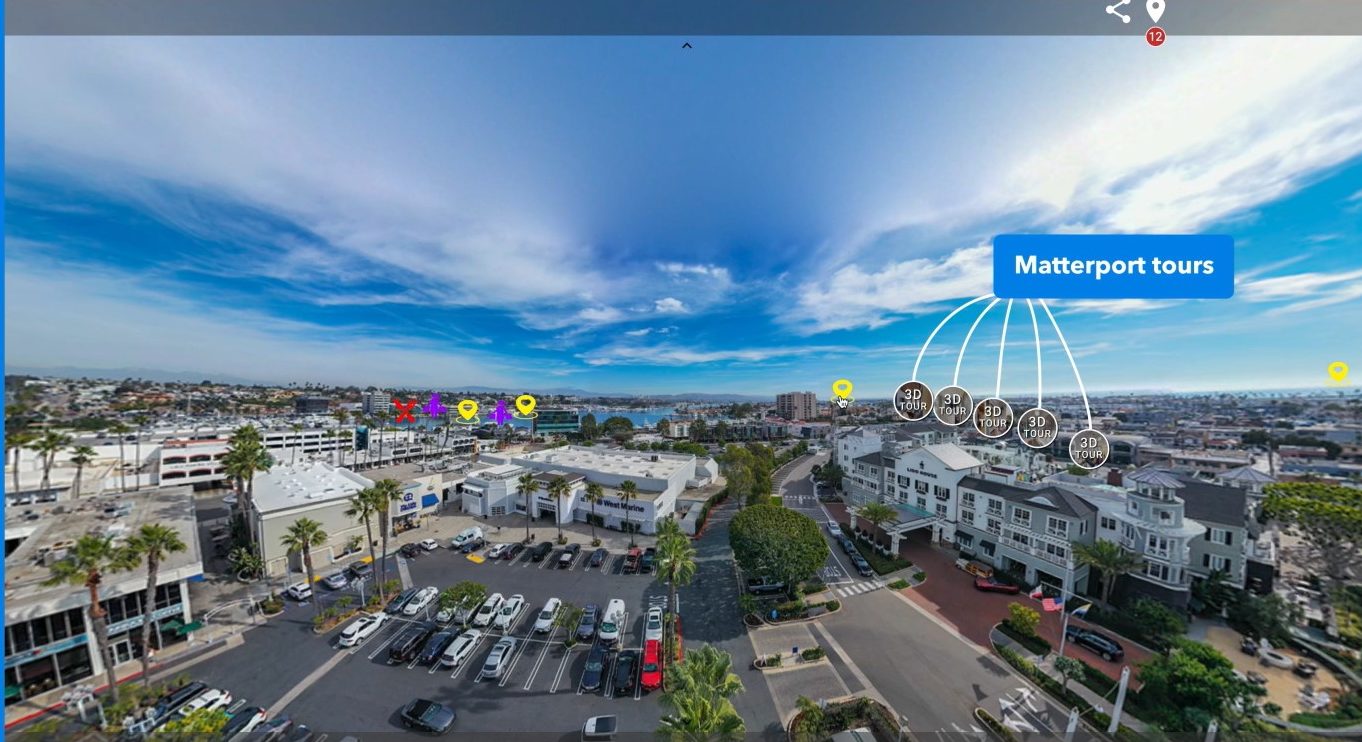tour virtual 360
In today’s digital-first world, people crave immersive, interactive experiences more than ever.
That’s where virtual 360 tours come in—a powerful tool that’s transforming industries like real estate, tourism, education, and retail.
In today’s digital-first world, people crave immersive, interactive experiences more than ever. That’s where virtual 360 tours come in—a powerful tool that’s transforming industries like real estate, tourism, education, and retail.
Whether you’re a photographer or a real estate agent, these tours offer a dynamic way to showcase spaces, engage clients, and boost conversions.
In this guide, we’ll break down everything you need to know about creating and using a “Tour Virtual 360.” We’ll also show you how to leverage platforms like www.threesixty.tours to make the process easy and effective. From understanding the basics to marketing your finished tour, you’ll learn how to turn your visuals into compelling, interactive experiences.
What is a Virtual 360 Tour?
A virtual 360 tour is a digital walkthrough of a real-world space using panoramic images. These images are stitched together to create a smooth, immersive experience that lets viewers look in all directions—up, down, and around—just like they would in person.
Unlike traditional photos or videos, 360 tours give users control. They can explore a property, hotel, store, or campus at their own pace, from any device. Platforms like www.threesixty.tours make it super simple to create and share these tours—even if you’re not tech-savvy.
How the Technology Works
Creating a virtual 360 tour might sound complex, but the tech behind it is surprisingly accessible. At the core are 360-degree cameras like:
- Ricoh Theta Z1
- Insta360 One X2
- GoPro Max
These cameras capture spherical images that cover every angle of a scene.
Once you’ve captured your images, you’ll use stitching software to piece them together. Then, upload the finished panoramas to a platform like www.threesixty.tours. From there, you can add interactive features like clickable hotspots, audio guides, floor plans, and navigation arrows.
Why Virtual Tours Matter Across Industries
Virtual 360 tours aren’t just cool—they’re essential in many industries:
- Real Estate: Buyers can tour homes online, saving time for agents and clients alike. It’s especially helpful for out-of-town buyers.
- Tourism and Hospitality: Hotels, resorts, and attractions use virtual tours to give potential guests a sneak peek, helping them book with confidence.
- Education: Schools and universities offer virtual campus tours to attract students. Teachers also use them for virtual field trips and immersive learning.
- Retail and E-commerce: Some stores now offer virtual walkthroughs so customers can browse products as if they were there in person.
For photographers and real estate agents, offering virtual tours adds a valuable service to your toolkit—one that clients increasingly expect.
Top Benefits of Virtual 360 Tours
- Better User Experience
People love being in control. With a virtual 360 tour, users can explore a space however they like. They can zoom in on details, jump between rooms, or pause to take a closer look.
This level of interaction keeps users engaged longer. In fact, listings with virtual tours get more views and longer visits than those without. That means more exposure for photographers and more qualified leads for real estate agents.
- Easy Access from Anywhere
Virtual tours remove the need to be physically present. A buyer in another city—or even another country—can explore a property without stepping foot inside. That’s a game-changer for international clients or those with mobility challenges.
It also means your listing or business is open 24/7. People can view your tour anytime, from any device.
- Cost-Effective Marketing
Sure, there’s an upfront cost for equipment and software. But virtual tours quickly pay for themselves. Real estate agents can cut down on in-person showings. Photographers can offer virtual tour services as a premium add-on.
Plus, once a tour is created, you can use it everywhere—on your website, social media, email campaigns, and more. It’s a one-time investment that keeps delivering results.
Real-World Applications of Virtual 360 Tours
Real Estate
This is where virtual tours shine. Agents can host virtual open houses, letting buyers explore properties on their own schedule.
It’s perfect for busy clients or those who live far away. Plus, buyers can revisit the tour multiple times before making a decision. That builds confidence and often speeds up the sales process.
Tourism and Hospitality
Imagine being able to walk through a beachfront resort or luxury hotel room before booking. That’s the power of a virtual tour.
Tourism boards also use 360 tours to promote destinations. It gives travelers a taste of what to expect, making them more likely to book.
Education
Virtual campus tours are now a must-have for colleges and universities. They help schools reach prospective students who can’t visit in person.
In classrooms, virtual field trips let students explore museums, historical sites, or even outer space—all without leaving their seats.
Retail and E-commerce
Some retailers are taking online shopping to the next level. Virtual store tours let customers browse shelves, view displays, and click on items to learn more or buy.
It’s a great way to recreate the in-store experience online, especially for high-end or boutique products.
How to Create a Virtual 360 Tour
Step 1: Gather Your Tools
Here’s what you’ll need:
- 360-Degree Camera: Try the Ricoh Theta Z1 or Insta360 One X2 for high-quality shots.
- Tripod or Monopod: Stability is key to capturing clean, level images.
- Editing Software: Use tools like Adobe Photoshop for touch-ups and Pano2VR or Kuula for stitching images together.
- Tour Hosting Platform: www.threesixty.tours is an excellent choice for assembling, customizing, and sharing your tour.
Step 2: Plan the Tour
Before you start shooting, map out your tour.
- Choose Key Locations: Identify the most important areas to showcase—entryways, living rooms, kitchens, etc.
- Storyboard the Flow: Sketch a rough outline of how users will move through the space.
- Stage the Scene: Make sure everything is clean, well-lit, and visually appealing. Good lighting makes a big difference in image quality.
Step 3: Capture and Edit
Now it’s time to shoot your images.
- Capture Panoramas: Use your 360 camera to take high-resolution shots. Take multiple angles if needed.
- Edit and Stitch: Use editing software to correct colors, remove shadows, and stitch images into smooth panoramas.
- Upload and Customize: Load your images into www.threesixty.tours. Add features like navigation arrows, text boxes, and audio guides to enhance the experience.
Step 4: Publish and Share
Once your tour is ready, publish it and start sharing. Embed it on your website, include it in email campaigns, and post it on social media.
Tips for Marketing Your Virtual Tour
- Use SEO to Get Found
- Use Keywords: Include terms like “360 virtual tour real estate” or “interactive home tour” in your titles and descriptions.
- Embed on Your Site: Place your tour on your homepage, listings, or portfolio pages.
- Optimize for Mobile: Make sure your tour works well on phones and tablets, since many users will view it that way.
- Promote on Social Media
- Post on Facebook and Instagram: These platforms support 360 images and videos. Use them to reach a wider audience.
- Try VR Integration: Facebook and YouTube support VR headsets, offering a fully immersive experience.
- Run Promotions: Encourage followers to share your tour. Offer a giveaway or contest to boost engagement.
- Track Your Results
- Monitor Engagement: See how long users stay on the tour, which areas they click on, and what content they interact with.
- Collect Feedback: Ask viewers for their thoughts. Use surveys or comments to learn what they liked—or didn’t.
- Use Built-In Tools: Platforms like www.threesixty.tours include analytics dashboards to help you track performance and improve future tours.
The Future of Virtual 360 Tours
Technology is only getting better. Here’s what’s on the horizon:
- More VR and AR Features: Expect deeper integration with virtual and augmented reality, making tours even more immersive.
- AI Enhancements: Tools like auto-staging, voice narration, and smart navigation are becoming more common.
- Higher Image Quality: As cameras improve, expect sharper, more detailed visuals.
- Wider Adoption: Virtual tours are quickly becoming the norm. Businesses that adopt them now will stay ahead of the curve.
Final Thoughts
Virtual 360 tours are more than just a trend—they’re a smart, effective way to showcase spaces and engage your audience. They offer a better user experience, expand your reach, and give you a competitive edge in today’s digital marketplace.
Whether you’re a photographer looking to expand your services or a real estate agent wanting to close deals faster, virtual tours are a must-have. And with platforms like www.threesixty.tours, getting started is easier than ever.
Ready to level up your business? Visit www.threesixty.tours and start creating immersive, interactive experiences that wow your clients and set you apart.
Don’t wait—your next big opportunity could be just one virtual tour away.


